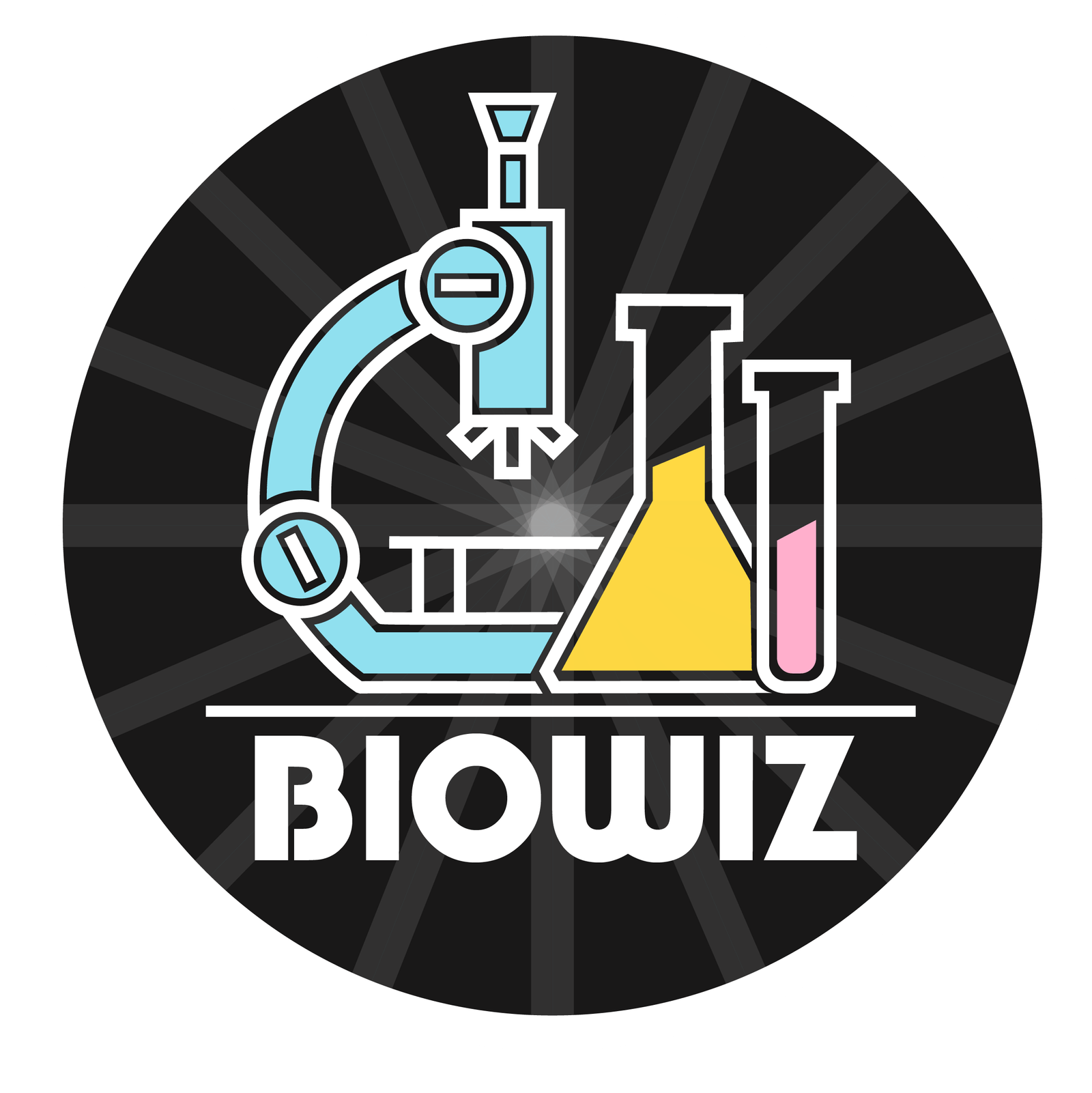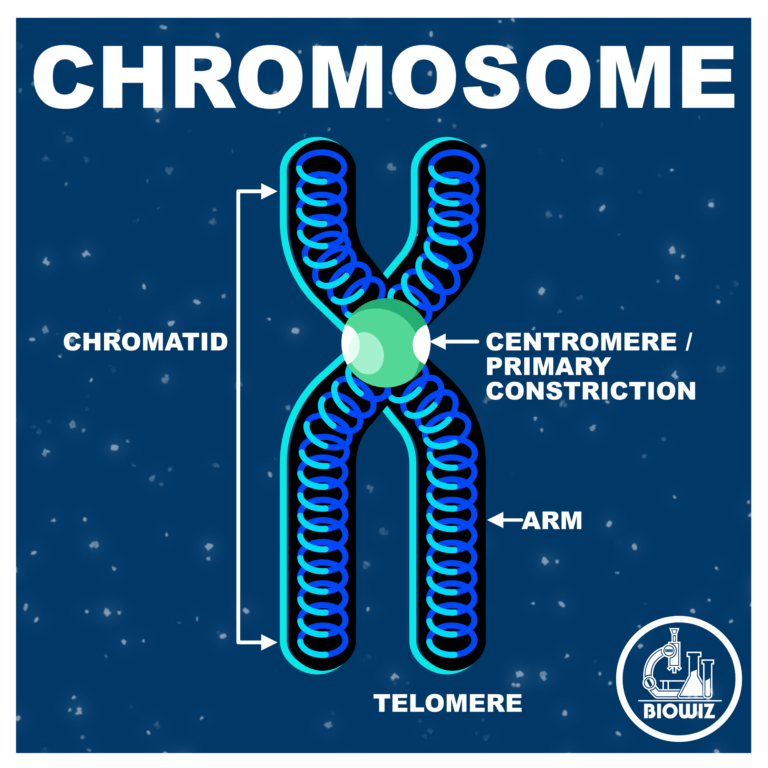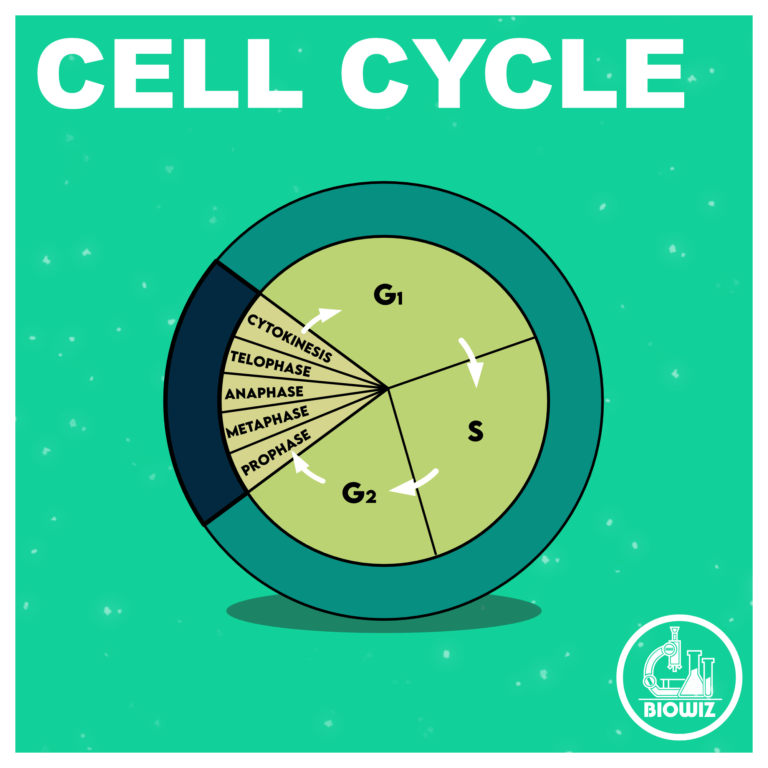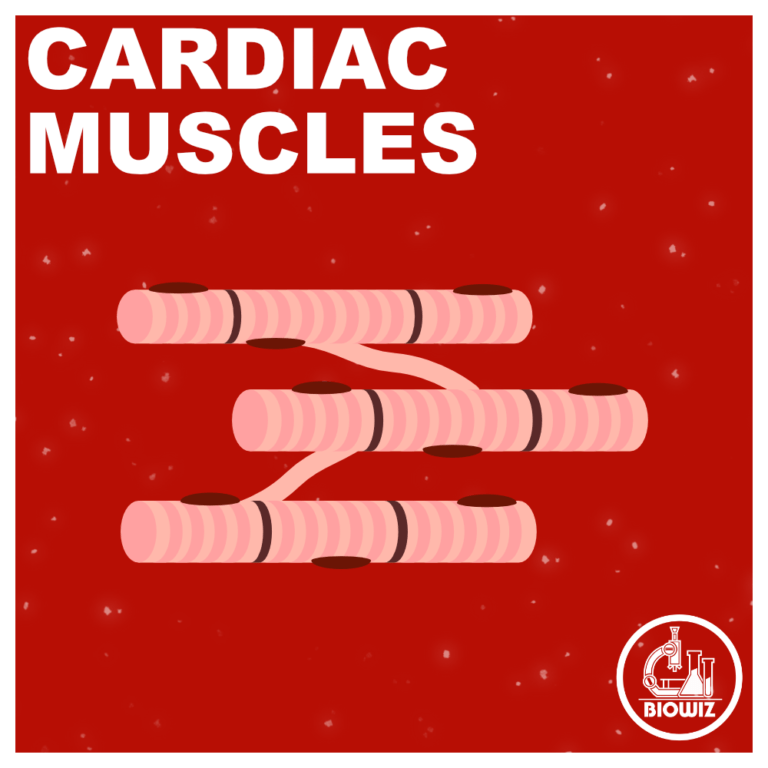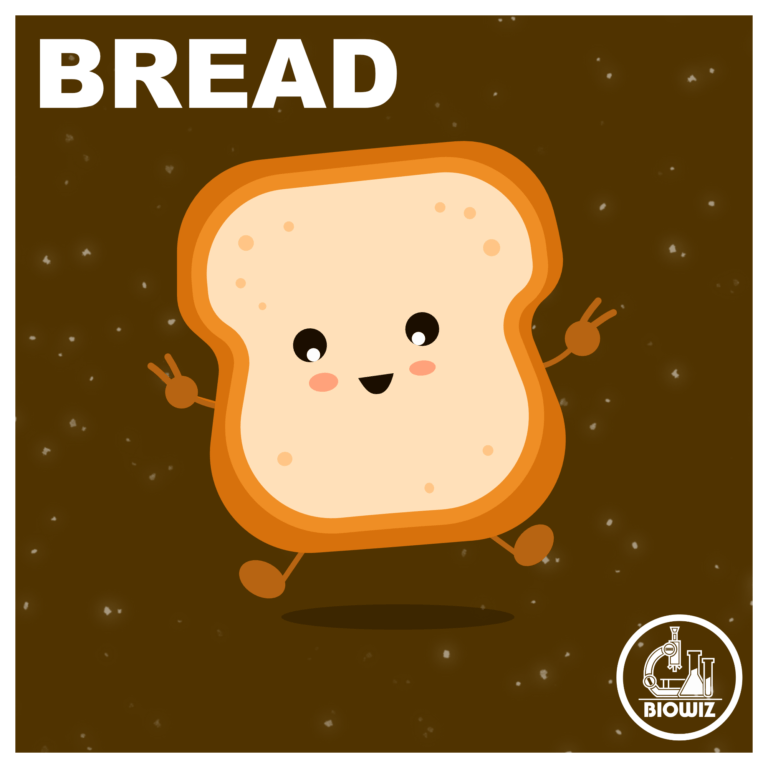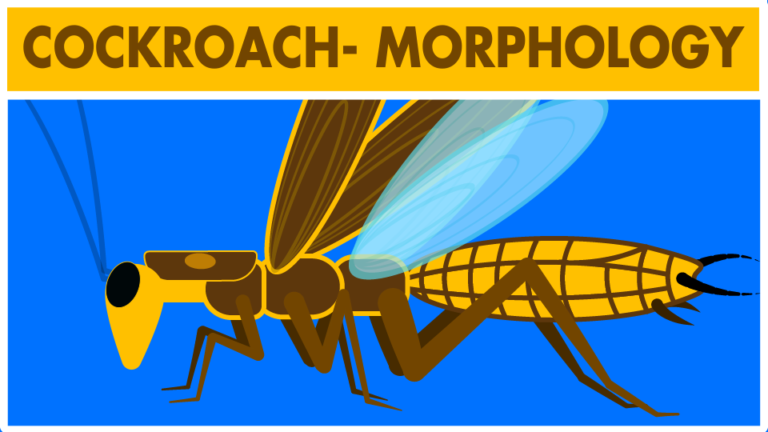
COCKROACH
Cockroaches exhibit a distinctive morphology with a flattened, oval body and a hard exoskeleton. They have three main body parts: head, thorax, and abdomen. Their long, spiny legs are adapted for running, while their antennae are sensory organs. Cockroaches also possess two pairs of wings and chewing mouthparts.
